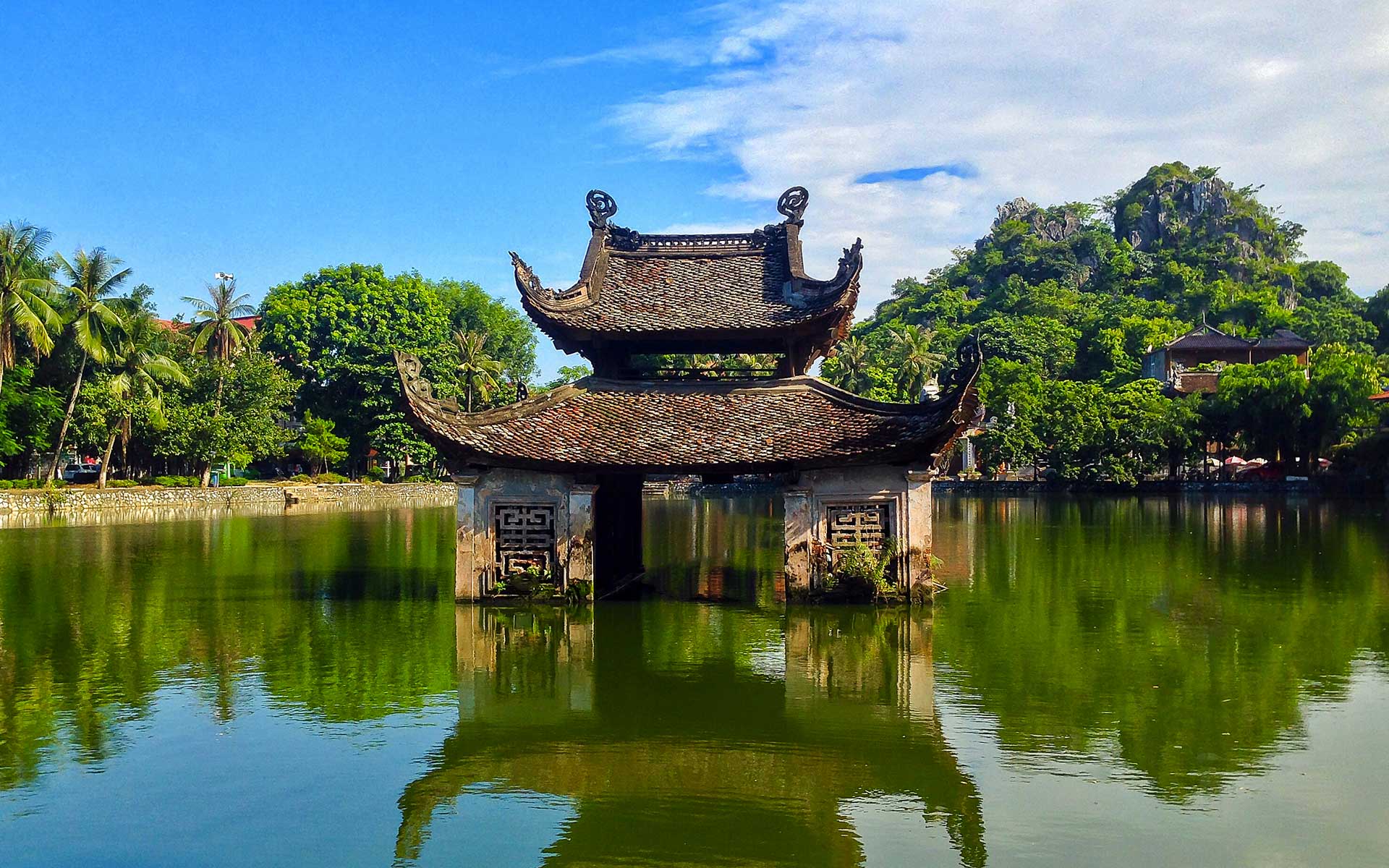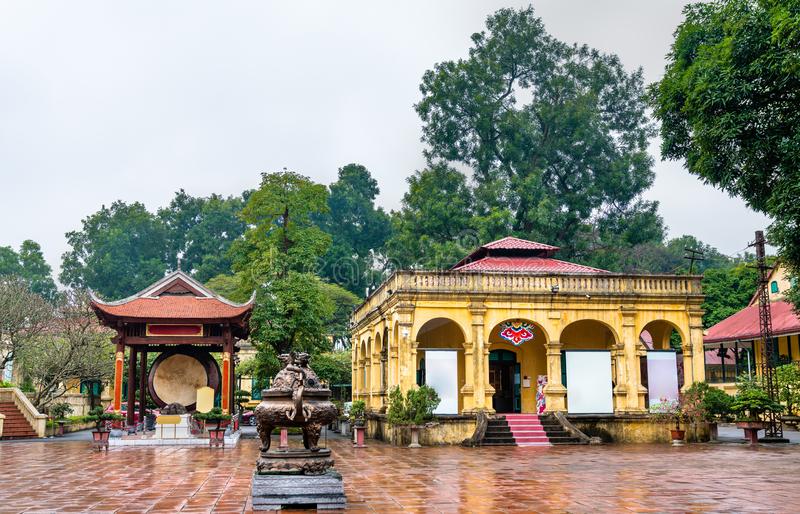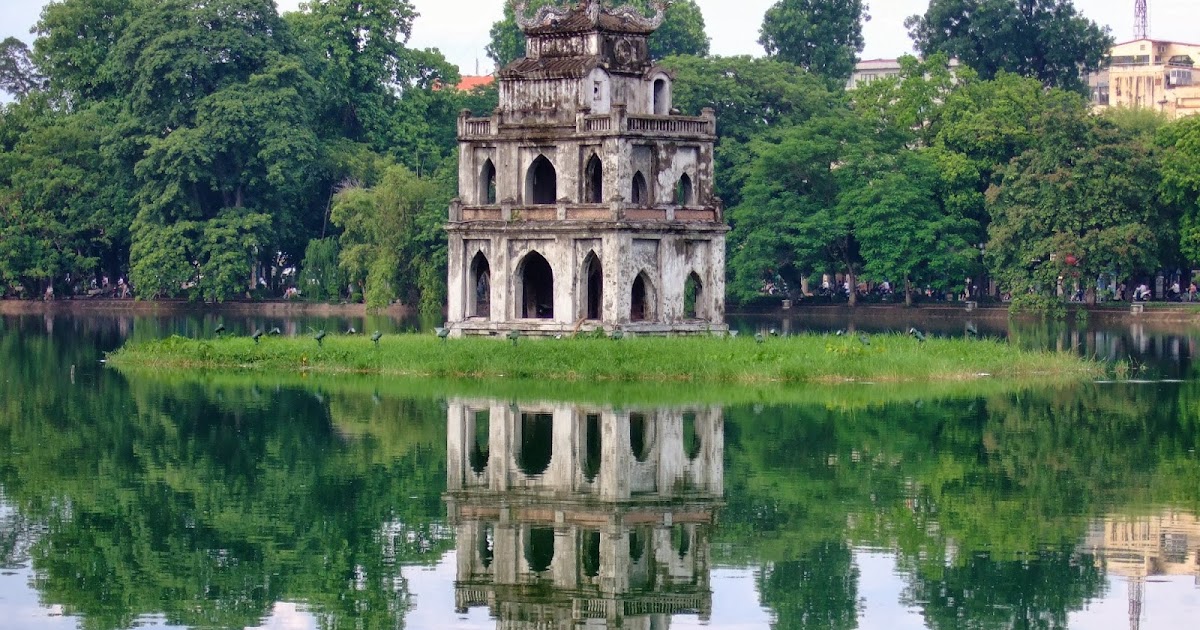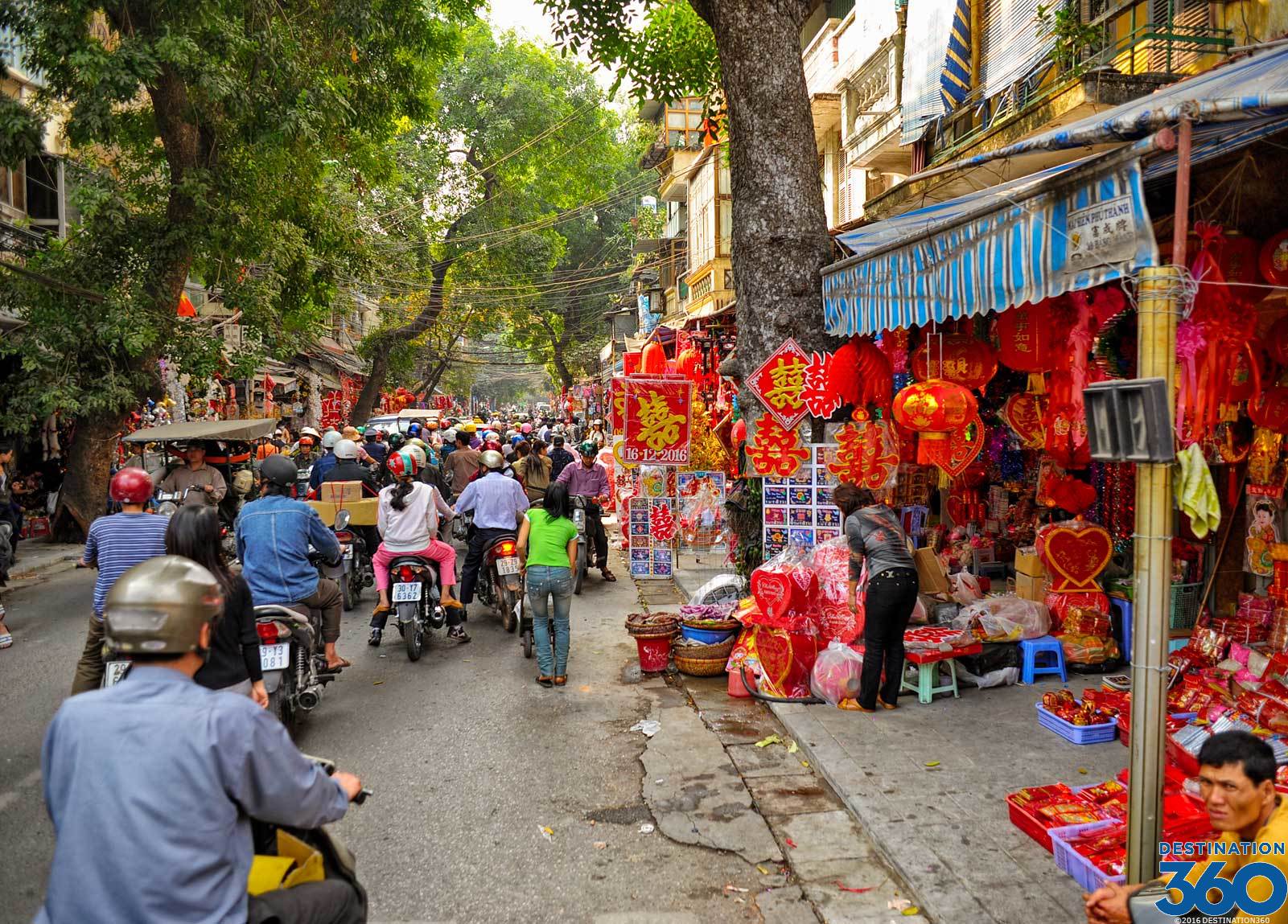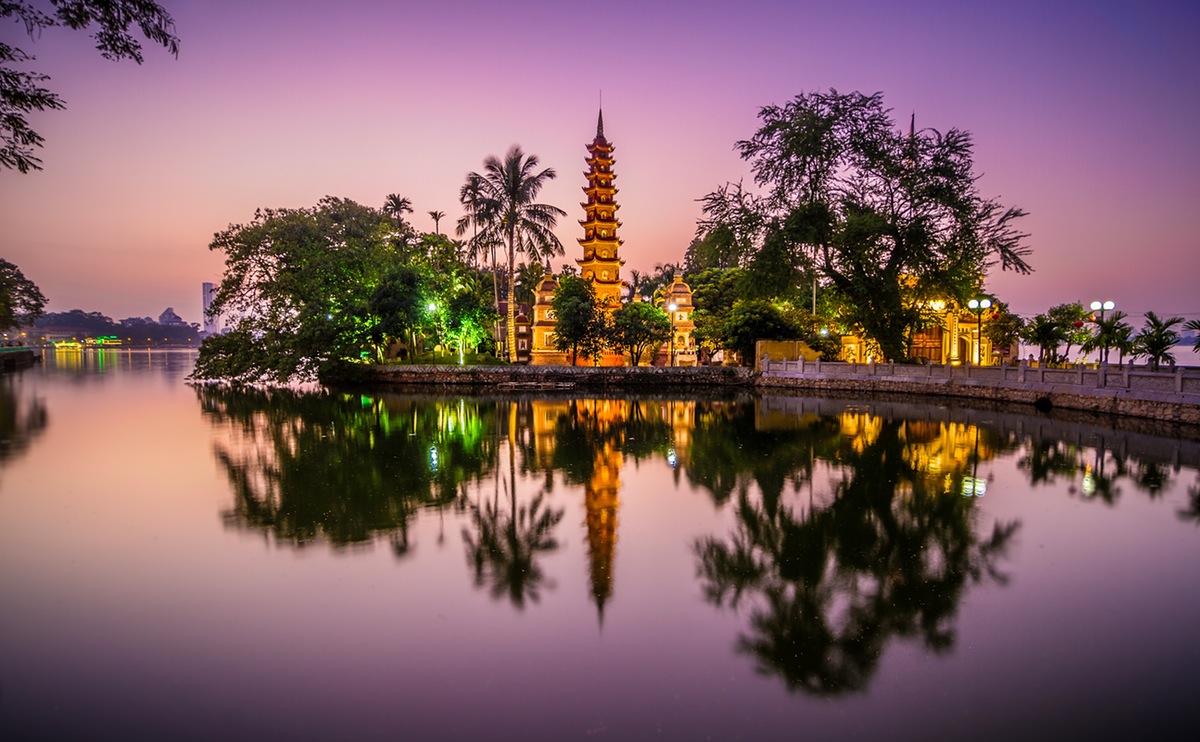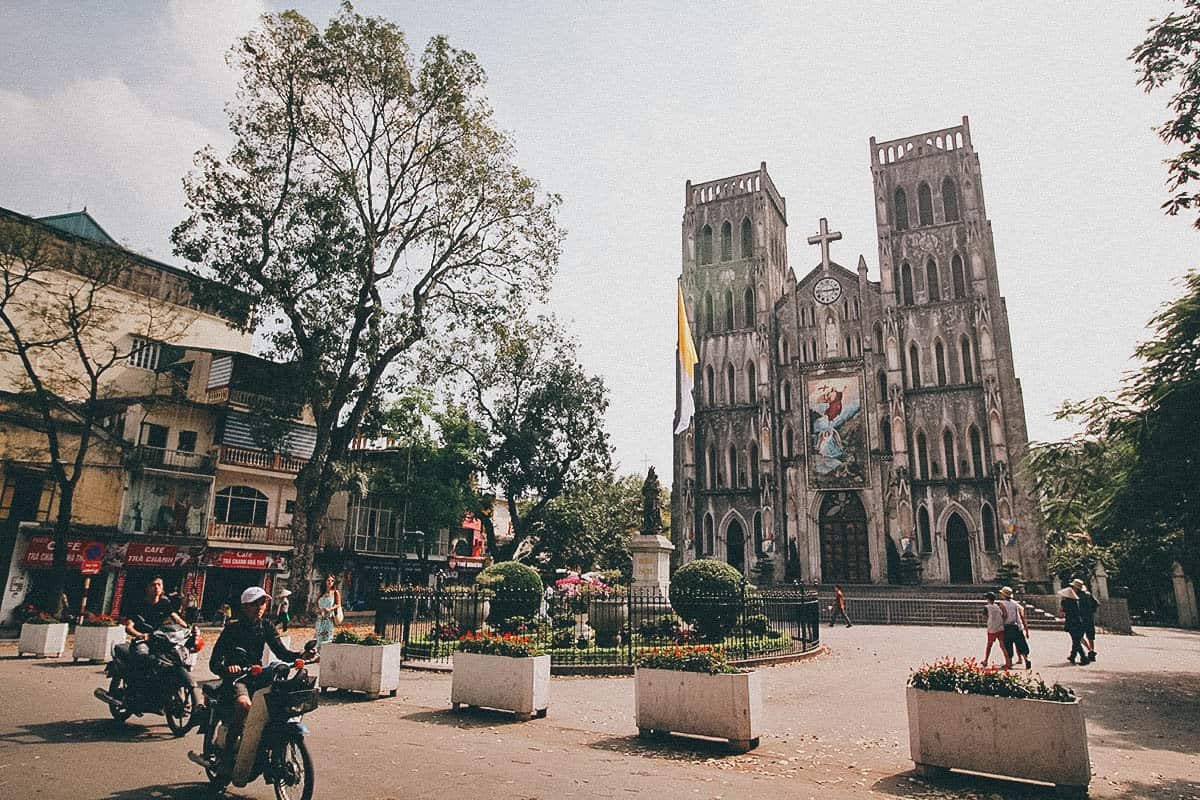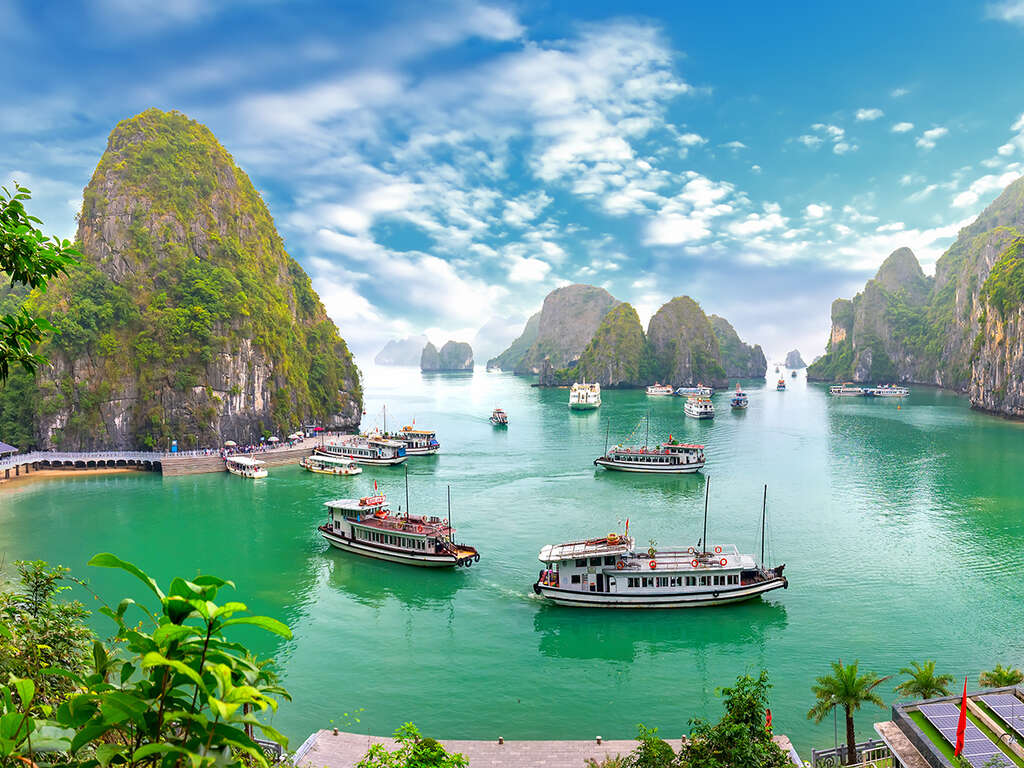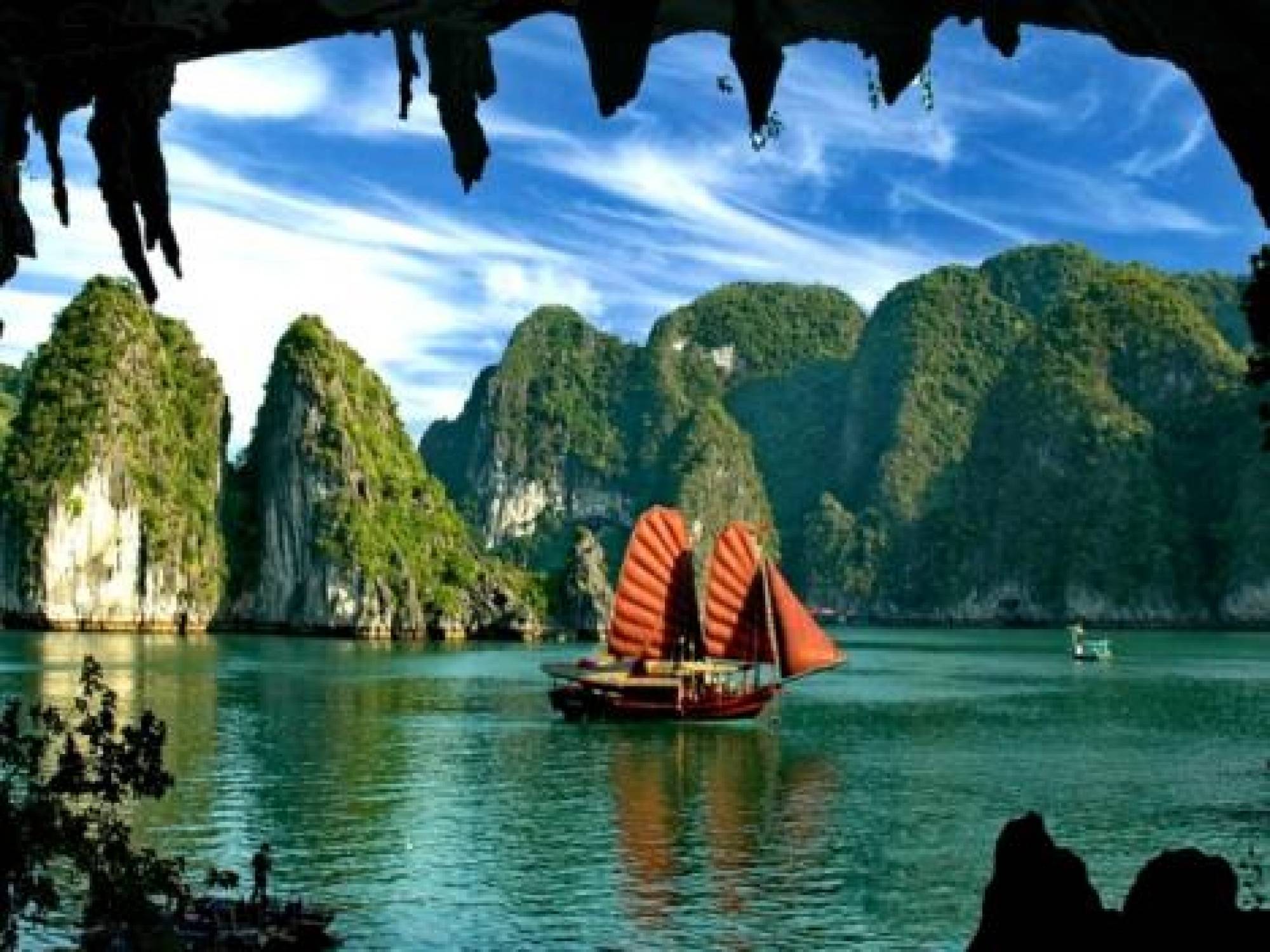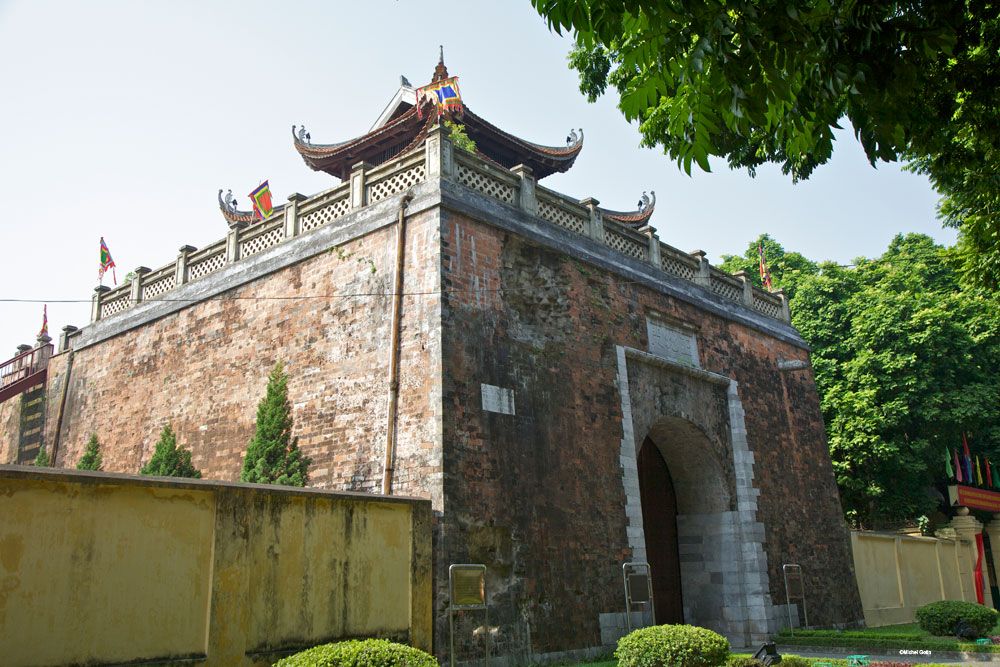
AsianOverland.net
Tour Guide - Itinerary
Asian Overland Sydney to London
Started 22/06/2022 Finished 21/06/2023365 Days ITINERARY
Day 68 date 28/08/2022HOI AN to HANOI, VIETNAM
ASIANOVERLAND.NET SYDNEY TO LONDON DAY 68: HOI AN TO HANOI, VIETNAM
Hanoi traces its history to the third century BCE, when it was the capital of the historic Vietnamese nation of Âu Lạc.
In 179 BC, the Âu Lạc Kingdom was annexed by Nanyue, starting more than a thousand years of Chinese domination. Nanyue was an ancient kingdom ruled by Chinese monarchs of the Zhao family covering the modern Chinese subdivisions of Guangdong, Guangxi, Hainan, Hong Kong, Macau, southern Fujian and central to northern Vietnam.
In 111 BC, the Han dynasty conquered Nanyue and ruled it for hundreds years. This was only one of numerous wars between the Vietnamese locals and the Chinese during the past 2,000 years.
In 40 AD in Mê Linh district (Hanoi), the locals rebelled against the Han Chinese. It began in the Red River Delta, but quickly spread both south and north, gaining the support of 65 towns and settlements. In 42 AD, the Han emperor commissioned general Ma Yuan to suppress the uprising with 32,000 men. The rebellion was defeated in the next year, when Ma Yuan captured and decapitated the rebel leaders and sent their heads to the Han court in Luoyang.
By the middle of the fifth century, in the centre of ancient Hanoi, a fortified settlement was founded by the Chinese Liu Song dynasty as the capital of a new district called Tống Bình (Songping).
By the year 679, the Tang dynasty changed the region's name to Annan (Pacified South), with Songping as its capital.
To defeat the people's uprisings in the later half of the eighth century, a Tang dynasty viceroy built Luocheng La Thanh or La citadel, in present-day Ba Dinh precinct in Hanoi. In the earlier half of the ninth century, it was further built up and called Jincheng Kim Thanh or Kim Citadel.
In 863, Nanzhao army and local people laid siege of Jincheng and defeated the Chinese armies of 150,000. In 866 the Chinese recaptured Hanoi, drove out the Nanzhao and rebels, and built the citadel wall, 6,344 meters around the city, with parts more than eight meters high. Hanoi at the time had 25,000 residents including Persians, Arabs, Indians, Cham, Javanese and Nestorian Christians. Hanoi became an even more important trading centre of the Tang dynasty due to the ransacking of Canton. By the early tenth century AD, modern-day Hanoi was known to the Muslim traders as Luqin.
In 1010, Vietnamese emperor Lý Thái Tổ established the capital of the imperial Vietnamese nation Đại Việt in central Hanoi, naming the city Thăng Long (literally "Ascending Dragon"). Thăng Long remained Đại Việt's political centre until 1802, when the Nguyễn dynasty, the last imperial Vietnamese dynasty, moved the capital to Huế.
Hanoi was occupied by the Japanese in 1940 and liberated in 1945, when it became the seat of the Việt Minh government after Ho Chi Minh proclaimed the independence of Vietnam. However, the French returned and reoccupied the city in 1946. After nine years of fighting between the French and Viet Minh forces, Hanoi became the capital of an independent North Vietnam in 1954. The French Army withdrew that year and the People's Army of Vietnam and International Control Commission occupied the city under the terms of the 1954 Geneva Conference.
During the American (Vietnam) War, Hanoi was devastated by the massive bombing by the U.S. Seventh Air Force. Following the end of the war, Hanoi became the capital of a reunified Vietnam when North and South Vietnam were reunited on 2 July 1976.
© This work is copyright. Apart from any use permitted under the Copyright Act 1968, no part may be reproduced by any process, nor may any other exclusive right be exercised, without the permission of Peter Searle, peter@portseavillageresort.com; 1980-2024.
Website built by Justin O’Dea www.webdeveloperdocklands.com.au
